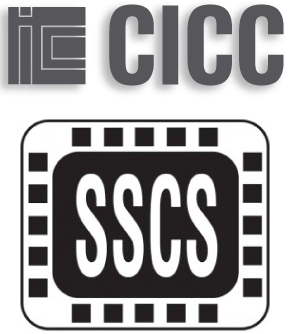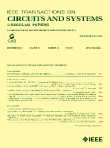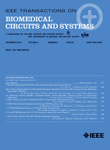- An Analog Low-Power Highly-Accurate Link-Adaptive Energy Storage Efficiency Maximizer for Resonant CM Wireless Power Receivers
- Authors: Mansour Taghadosi and Hossein Kassiri
- Conference date: April 25-30, 2021
- Conference: IEEE Custom Integrated Circuits Conference
- Abstract: The power del1ivered wirelessly to implantable neural interfaces supplies two categories of loads with distinct consumption patterns: small-and-continuous (e.g., recording circuits, signal conditioning) or large-and-intermittent (e.g., electrical stimulation, wireless transmission). For the weakly-coupled mm-scale implants, the induced power level at the receiver coil (Rx) is typically far below the required instantaneous power of the large-intermittent loads [1]. Therefore, these loads could only be supplied through storage of excess incoming energy during their off cycles. As such, the energy storage efficiency determines how often and how powerful a high-power event (e.g., data transmission, stimulation) could take place. Motivated by this, a variety of circuit ideas for energy delivery optimization are reported, mostly focused on current-mode (CM) receivers, mainly due to their superior performance in weakly-coupled links (compared to voltage-mode receivers). However, the optimization is either done only for resistive loads (i.e., not optimizing storage efficiency) [2-3], or done pre-operation (i.e., offline), hence, not adaptive to link variations (e.g., implant movements, media changes, etc.) [4-5]. We present a low-power integrated circuit (IC) that senses the peak voltage at the Rx coil (VRx(peak)), calculates the optimal timing scheme for maximum energy storage efficiency in real time, and operates the CM receiver accordingly. This closed-loop scheme makes the presented work adaptive to any link variation and needless of calibration.







